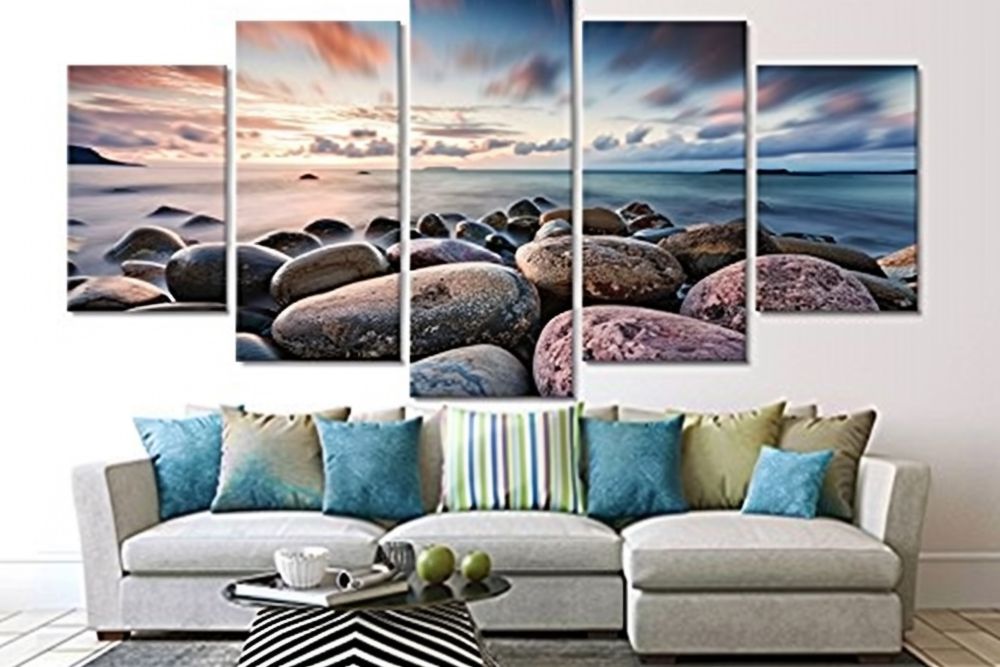How to Create Your Own Stunning Sculpture Art
Sculpture is an extraordinary form of artistic expression, allowing creators to shape materials into breathtaking three-dimensional masterpieces. Whether you’re working with clay, wood, metal, or stone, sculpting demands patience, creativity, and a willingness to experiment. If you’ve ever wanted to create stunning sculpture art, this guide will walk you through the essential steps to bring your vision to life.
Step 1: Find Your Inspiration
Every great sculpture starts with an idea. Inspiration can strike from nature, human emotions, architecture, or even abstract concepts. Spend time observing shapes, textures, and movements in your surroundings. Sketch rough drafts or create a mood board to visualize the essence of your sculpture.
Minimalist sculptures, for example, focus on simplicity and negative space, while figurative sculptures aim to capture the details of the human form. Decide what speaks to you and how you want to communicate your artistic message.
Step 2: Choose Your Material
Selecting the right medium is crucial in sculpture making. Different materials offer distinct textures, durability, and sculpting techniques.
- Clay – A versatile material ideal for beginners due to its malleability. It can be air-dried or kiln-fired.
- Wood – Offers a natural, organic look and can be carved or assembled into striking pieces.
- Stone – Requires patience and skill but results in timeless, elegant sculptures.
- Metal – Used in contemporary and industrial sculptures, often welded or cast.
- Plaster & Resin – Perfect for mold-making and experimental designs.
Each material comes with its own set of tools and techniques. Experimenting with various options will help you determine which medium best suits your artistic style.
Step 3: Gather Your Tools
Before diving into the sculpting process, ensure you have the right tools for the job. Some essential tools include:
- Modeling tools for shaping clay
- Chisels and gouges for carving wood or stone
- Wire armatures for supporting clay or wax sculptures
- Welding equipment for metal sculptures
- Molds and casting materials for creating resin or plaster sculptures
The right tools will make the sculpting process smoother and allow for greater precision in shaping your masterpiece.
Step 4: Create a Framework (Armature)
For sculptures that need structural support, an armature serves as the skeleton of your piece. Wire, metal rods, or wooden frames can provide stability, especially for larger or intricate designs. This framework helps maintain balance and prevents materials like clay from collapsing under their own weight.
In some cases, an armature isn’t necessary, such as when working with stone or direct metal sculpting. However, when sculpting human figures or dynamic poses, an armature ensures longevity and durability.
Step 5: Sculpting – Shaping and Refining
This is where the real magic happens! Start with broad, rough shapes before refining finer details. Work from the largest forms to the smallest, ensuring proportions and balance are maintained.
For those following a step-by-step guide to sculpture making, consider the following approach:
- Blocking Out the Form – Roughly shape the material to establish the overall structure.
- Adding Details – Gradually refine features, textures, and depth.
- Smoothing & Refining – Use sandpaper, polishing tools, or carving knives to enhance the surface.
For clay sculptures, keep the material moist while working to prevent cracking. When carving wood or stone, work patiently, as excessive force can lead to breakage.
Step 6: Finishing Touches
Once your sculpture is shaped to your satisfaction, the finishing process enhances its overall appearance. This includes:
- Sanding & Polishing – Smooth the surface for a refined look.
- Painting or Patination – Add color, texture, or a weathered effect.
- Sealing & Preservation – Protect your sculpture from moisture, oxidation, or environmental damage.
For stone and metal sculptures, a sealant or wax coating preserves the material’s integrity over time.
Step 7: Displaying Your Artwork
A sculpture’s placement affects how it is perceived. Consider lighting, angles, and surroundings when displaying your work. Indoor sculptures benefit from strategic lighting that enhances depth and form, while outdoor pieces need durable finishes to withstand weather conditions.
Experiment with pedestals, wall mounts, or interactive elements to elevate your sculpture’s impact.
Beginner’s Guide to Sculpture Creation: Tips for Success
For those just starting, sculpting can feel intimidating. However, by following a beginner’s guide to sculpture creation, you’ll gain confidence and develop your skills over time. Here are some essential tips:
- Start Small – Work on miniatures or relief sculptures before tackling large-scale projects.
- Embrace Mistakes – Every sculptor encounters setbacks. View them as learning experiences.
- Observe & Learn – Study master sculptors like Michelangelo, Henry Moore, or Barbara Hepworth.
- Take Breaks – Step away from your piece to view it with fresh eyes.
- Experiment with Techniques – Try different materials and styles to discover your artistic identity.
Mastering the Art of Sculpture Creation
To master the art of sculpture creation, practice is key. Sculpting is a dynamic process that requires both technical skill and creative intuition. With each piece you create, you refine your technique and develop a deeper understanding of form, space, and composition.
Join sculpture communities, attend workshops, or even collaborate with other artists to gain new perspectives. Over time, your unique style will emerge, making your sculptures a true reflection of your artistic vision.
So, pick up your tools, embrace the process, and start creating stunning works of art!

